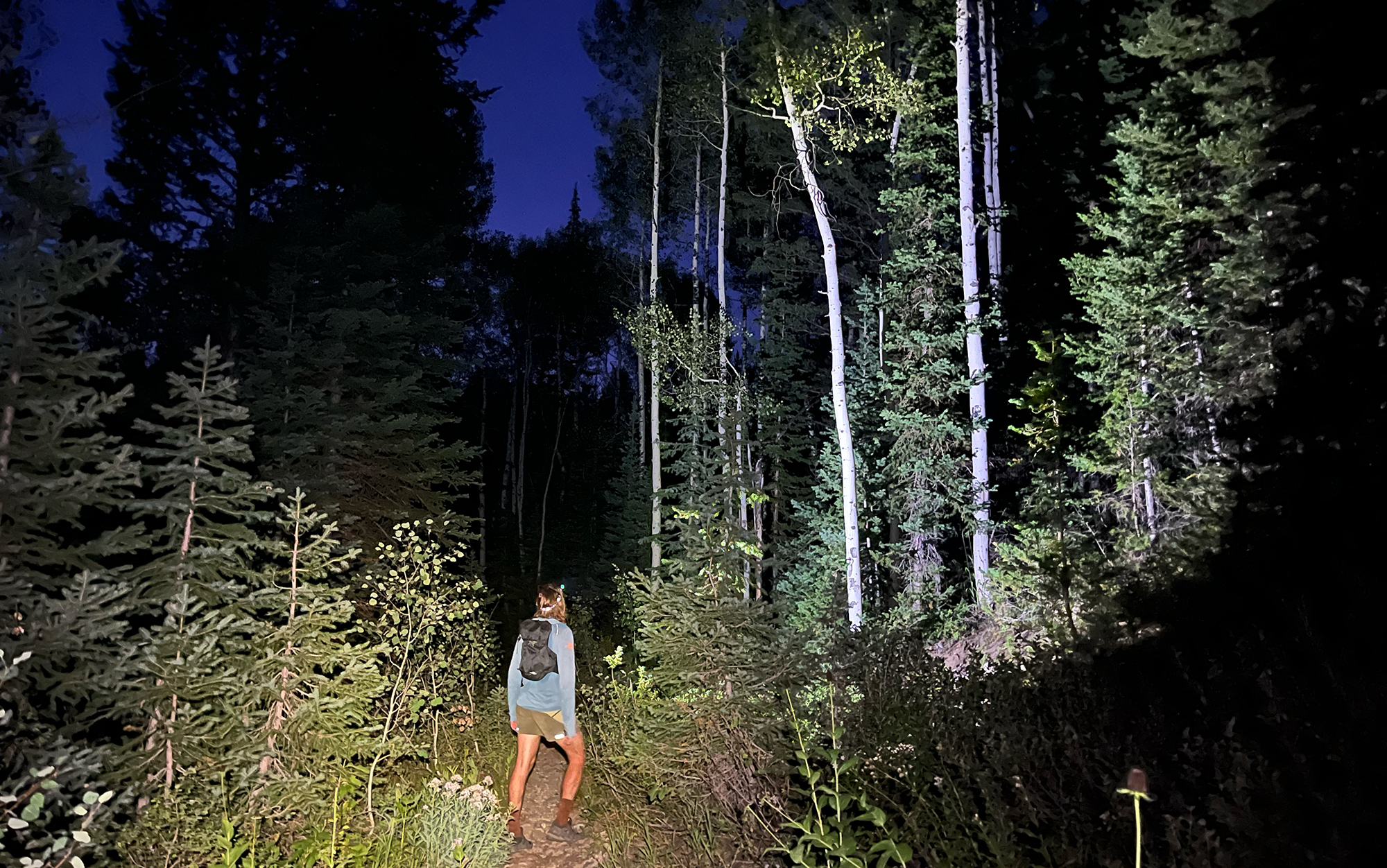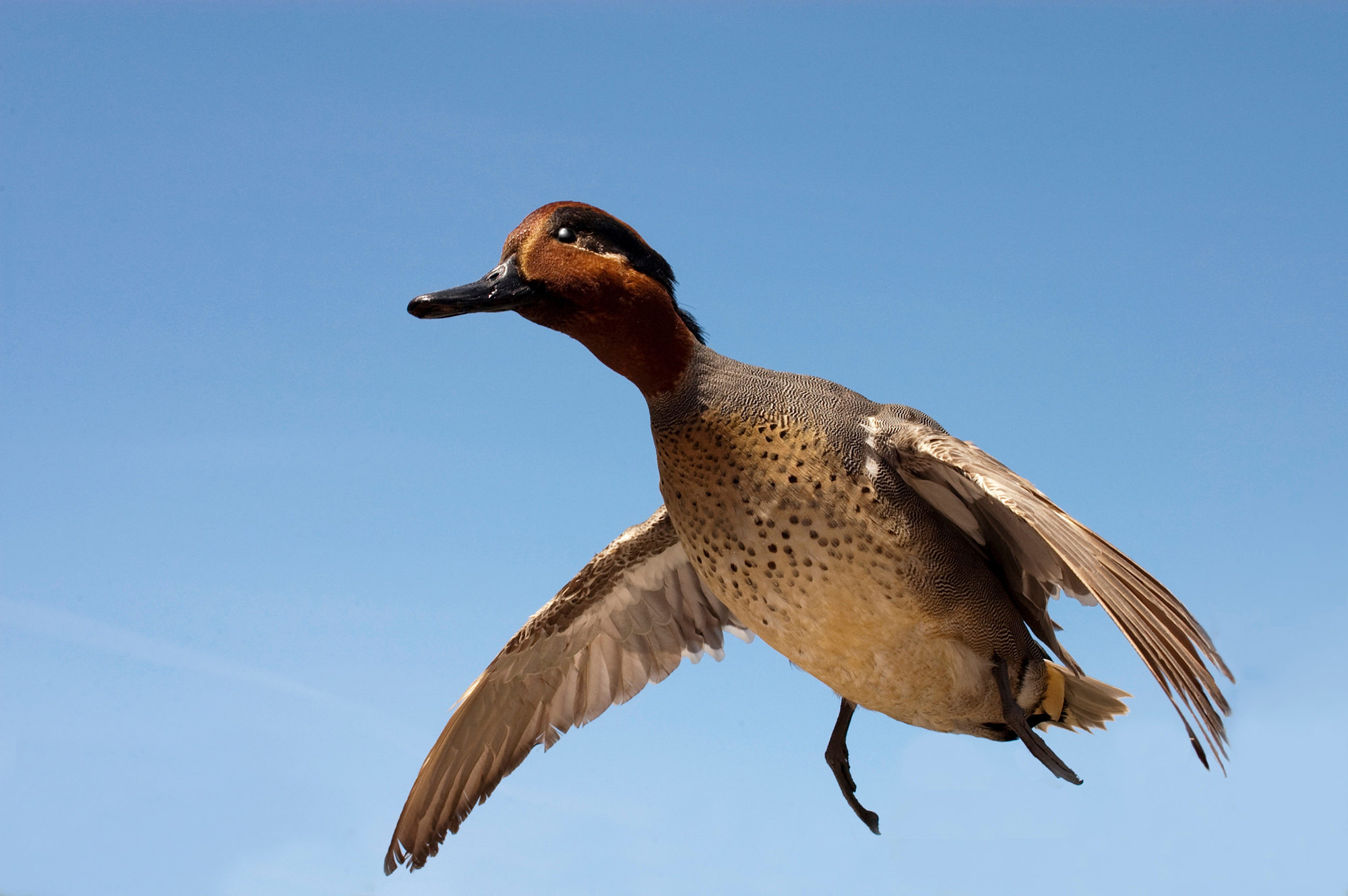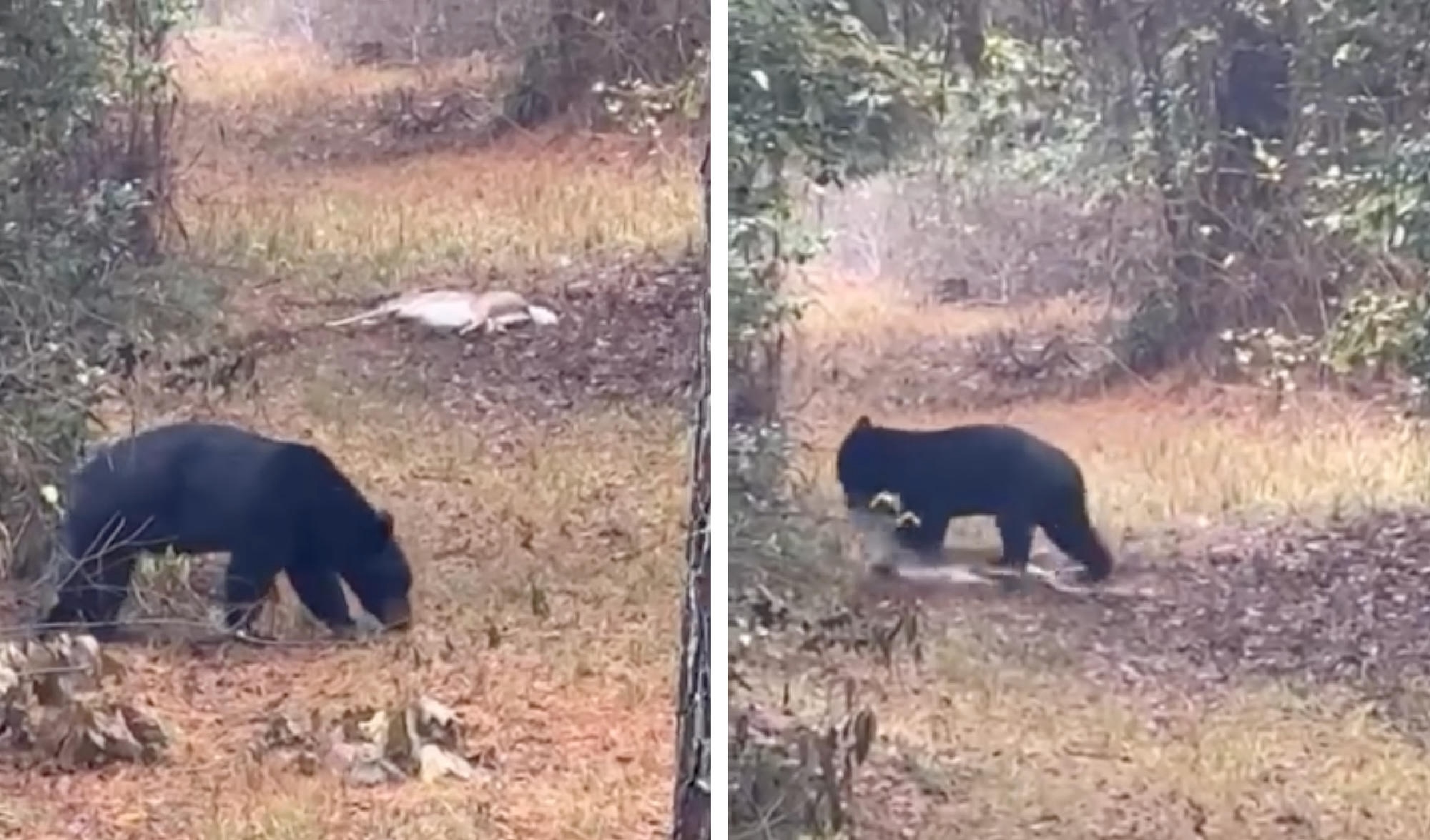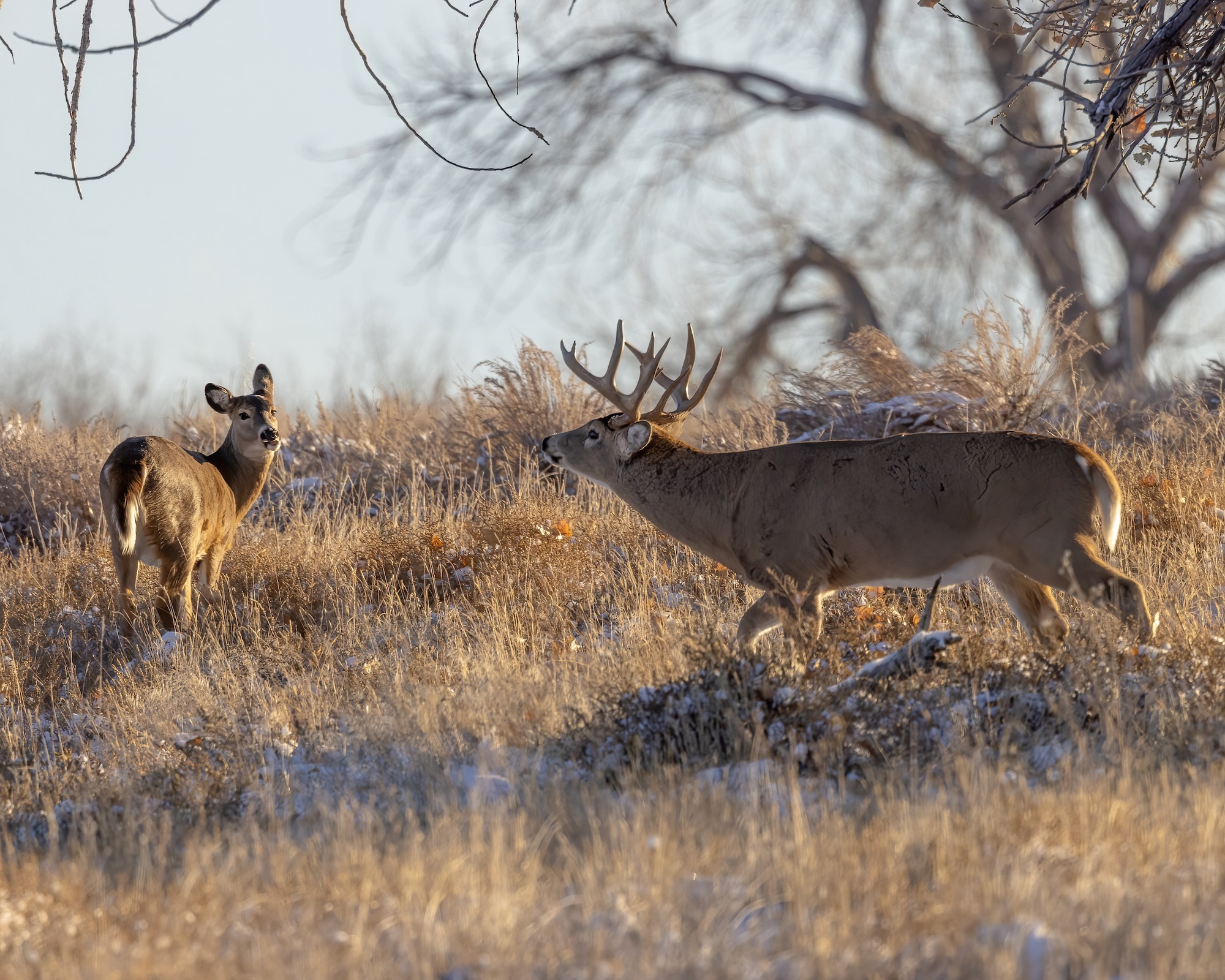If You Need to Survive in the Wild, You Need These
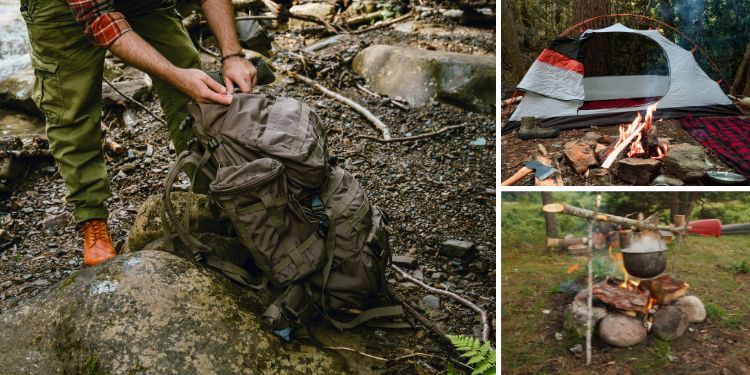
Departing the modern world to live in the wild isn’t the sort of thing you want to do on a whim. To keep from ending up like Chris McCandless, you need to pair the right gear with your skill set.
For the purposes of this article, I’m going to assume you have your basic hunting kit already figured out. You know what kind of rifle and shotgun you need to handle bit game in your area. I’m also assuming that you’ve got the right tent or other shelter to meet your needs along with a sleeping bag rated to the lowest temps in the area.
I’m also assuming you’ve got the basic clothing items figured out. You know to bring a proper hat for the weather, and you’ve got enough socks to make sure you can always keep your feet dry.
For the purposes of this article, we’re going to look at some wilderness survival items you might be tempted to leave behind or take a shortcut on to save some money. We’ll also look a spin through some nuts-and-bolts items that you might want to tweak or what sets one type apart from the others.
A Proper Compass
Getting lost is arguably the number one reason people get into trouble in the wild.
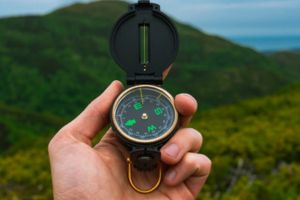
I had a cousin who got lost on a back country hunting trip in Montana using the same compass my dad used to have glued to the dash of his minivan!
If you’re going to try to live in the wild, you need a proper compass with features like adjustable declination, sighting mirror, and a clinometer.
This will let you make your own map, or justify your position based on the tallest landmarks in the area.
Related: Essential Survival Know-Hows Modern People Have Forgotten
I also recommend one that has some sort of low-light or illumination feature. The last thing you want to do is drop a buck at sunset, then get lost because you can’t read your compass at a glance while dragging it back to camp.
Good Knives
My great-grandfather considered himself one of the last mountain men. The saying he passed down through me to my daughter is “Never go into the woods with less than a knife.”
I recommend two knives. The first is a high-quality folding pocketknife for simple things like cutting food or whittling a stick. The other is the knife that does all the real work, and bushcraft.
A Quality Hatchet
After a knife a good hatchet is arguably the next most important tool to bring with you for surviving in the wild. You can use it to chop wood and improvise it as a hammer or other bushcraft jobs.
In my twenties I beat up a lot of so-called quality hatchets until the handle or the wedge would give up the ghost. If you’re going to survive in the wild, I would go with a hatchet that has a high carbon steel head, and a fiberglass handle.
Good Cordage
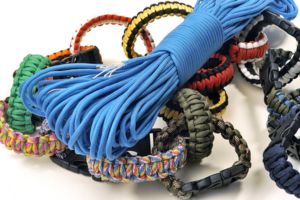 Good cordage is absolutely essential if you plan on living in the wild for more than a few days. I’m a big fan of 550 rope as a general-purpose rope.
Good cordage is absolutely essential if you plan on living in the wild for more than a few days. I’m a big fan of 550 rope as a general-purpose rope.
It’s got the weight capacity you need to handle most functional things like a bear hang or reinforcing a ridge pole. While also being small enough to fit in your pack.
I don’t like 550 for any sort of climbing just because the narrow diameter is hard on the hands, and I’m not a master climber. If you’re going to survive somewhere that will require making steep elevation changes or you need to do a lot of climbing, I would also make sure to put some bona fide climbing rope in your pack.
A Waterproof Lighter
I know seeing waterproof lighter on the list might seem a little strange. I’m going with the assumption that you already know how to manually start a fire manually. You probably already know how to protect your fire with an ember bundle.
A waterproof lighter sealed in a zip top bag is for those unforeseen times when a massive downpour or a flash flood puts your fire out. In a desperate moment like that, you’re wet, and hurting. The last thing you want to do is rub two damp sticks together. Otherwise it’s never used for casual fire starting.
Fishing Gear
Growing up in the land of 10,000 lakes, I think fishing gear is absolutely essential for surviving in the wild. While I have the deepest respect for fly fishing, I would rather bring a fiberglass rod around 5’6” with two open faced reels.
A small fishing net with a collapsible handle is also a good idea. It keeps you from losing fish at the shore or side of the canoe. You can even repurpose it for other things around camp or when scrounging.
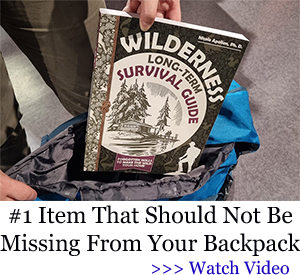 Wilderness Long-Term Survival Guide is the first handbook ever that helps people NOT just to survive in the wild, BUT to LIVE there!
Wilderness Long-Term Survival Guide is the first handbook ever that helps people NOT just to survive in the wild, BUT to LIVE there!
You can use it to turn the wild into your second home and become self-reliant in nature long term.
With this guide, you can make the wild your bug-out location that will keep you safe even in the worst of times.
If a major crisis hits and you need to head for the woods, with the knowledge in this book you can rebuild everything from scratch, just like our ancestors who chose a piece of land in the middle of nowhere and restarted their lives.
A Dry Bag
A good size dry bag is a great way to keep your clothes and essential items dry in wet conditions. I took a five-day wilderness retreat in the Upper Peninsula of Michigan and just used a big dry bag as a dresser for all my clothes.
Then crammed my sleeping bag and memory foam pillow into it each morning. Really came in handy when a tree branch ripped a hole in my tent during a storm!
Back Up Food with a Limit
Even if you’re planning to hunt and fish for your primary food source, you still need to bring some staples with you to survive in the wild. This might be a bag or rice, or even a cache of self-heating MREs.
You need a backup food source for those times when the fish unexpectedly moved to deep water, or the big game stay on the other side of the ridge for a whole week. You also need to set a limit on how far you let that food stash dwindle.
Once the rice in the bag gets below the line you drew on it, you pack up and head to greener pastures. That might be heading home with your tail tucked between your legs, or to the trapper cabin in the next drainage over to ask for help. Whatever it is, when you hit that line, you make the safe choice without question!
Tarp
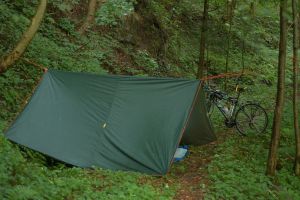 A good tarp is worth it’s weight in platinum when it comes to living in the wild. You slip it under your tent to keep the floor dry in wet conditions. You can use it to create a temporary shelter if the weather moves in while you’re glassing for game.
A good tarp is worth it’s weight in platinum when it comes to living in the wild. You slip it under your tent to keep the floor dry in wet conditions. You can use it to create a temporary shelter if the weather moves in while you’re glassing for game.
Related: Shelter Mistakes That Can Get You Killed
You can use it to create a rain catch or create a wind break. You can even use a small, dedicated tarp to give you a clean workspace when field dressing or butchering an animal.
I recommend tarps made from ripstop nylon or polyester to prevent tears. A polyurethane coating or silicone treatment for water proofing. It should also have good grommets that aren’t going to rip out under modest tension.
Reliable Traps
Trapping relatively low energy output, with the chance to bring in some valuable protein. If you’re going to be out in the wild for a while, make sure to use that journal we talked about to note small game, and then trap responsibly so you don’t wipe out the population of rabbits, squirrels, or muskrats you’re trapping.
In a pinch homemade snares and dead fall traps sound easy, and will minimize what you have to pack out. However, they’re also very unreliable. You burn a lot more energy making and setting those traps than you do a manmade trap.
First Aid Kit & Medical Supplies
The longer you plan to live in the wild, and the more remote your location is, the more extensive you want your first aid kit and medical supplies to be. Most of my wilderness retreats have been within an hour’s hike of where I parked the car and another half hour drive to the main road.
People knew where I was, and I could even call out for trouble once I got to the car. So, I didn’t take much beyond a standard hiking first-aid kit with me.
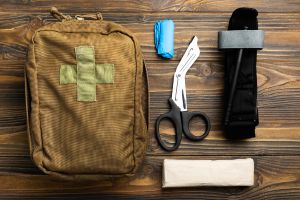 My Uncle Donny lived 12 times over the horizon, in East Texas. He kept a small medical clinic with him.
My Uncle Donny lived 12 times over the horizon, in East Texas. He kept a small medical clinic with him.
He once famously amputated his own index and middle fingers on his left hand at the middle joint. Then stitched them using his Marine Corps medical training and the suture kit from his medical supplies.
One item you should never forget adding to your medical kit is antibiotics. Having a stockpile of antibiotics is crucial. Without antibiotics, your chances of survival during a crisis go way down, especially if you are in the wilderness. You can’t generally buy antibiotics over the counter, so here is how to stockpile antibiotics without a prescription.
Subsonic 22 Rifle Ammo
When most people think of wilderness survival it conjures up an image of a guy lugging a freshly shot deer, or black bear back to his hunting shack. Let’s imagine you go out hoping to bag a deer, and you get skunked. On the walk back you spot a chunky squirrel or a tasty-looking rabbit to fill your desperately empty stomach.
Pulling out the .30-06 is going to turn it into pink mist and blow out any game living in the area. Even a 410 shotgun or a 22 rifle might make so much noise that it will spook out the deer you’re hoping to get tomorrow.
My uncle Donny’s trick for a moment like this was to carry a 22-rifle loaded with subsonic ammo. So, when he did get skunked deer hunting, he’d pop a squirrel or a rabbit on the walk back to his shack.
A Foraging Book
A book that helps you accurately determine the safe forage foods in the wild area you’ll be living is invaluable. The last thing you want to do is accidentally poison yourself when you’re already so far out from civilization.
Instead of relying on information from the internet, I recommend getting The Forager’s Guide to Wild Foods by Dr. Nicole Apelian. In this book, she poured over 20 years of plant knowledge and her first-hand experiences in both making natural remedies and finding foods in the wild.
The Loyalty of a Fine Dog
You could rightfully argue that you don’t absolutely need a good dog with you to survive in the wild. It even counts as yet another mouth to feed beyond your own. If you had a poodle or a poorly trained schnauzer, you’d be absolutely correct, and I wouldn’t argue with you for a second.
If you have something like my well-trained golden retriever and German shepherd cross with hunting bloodlines, a good dog at your side will your wilderness survival experience to the next level. I spend an hour a day in the wilderness preserve with my dog, and our communication rivals any scene from I am Legend.
Not only will a man’s best friend bump up your hunting success, but it gives you some much-needed company. To survive in the wild, you need to keep your mind right. A good dog will keep your emotions pointed in the right direction when you’re in the toughest of times. It will also give you someone to talk to other than yourself.
You may also like:
 DIY Poor Man’s Greenhouse
DIY Poor Man’s Greenhouse
The First States That Will Go Down in a Crisis. Do You Live in the Red Zone? (Video)
Hidden Weapons in Your Supermarket
Bartering Items You Need to Stockpile for the Next Financial Crash
8 “Long Shelf Life” Foods That Will Actually Go Bad Faster Than You Think
Read the full article here



